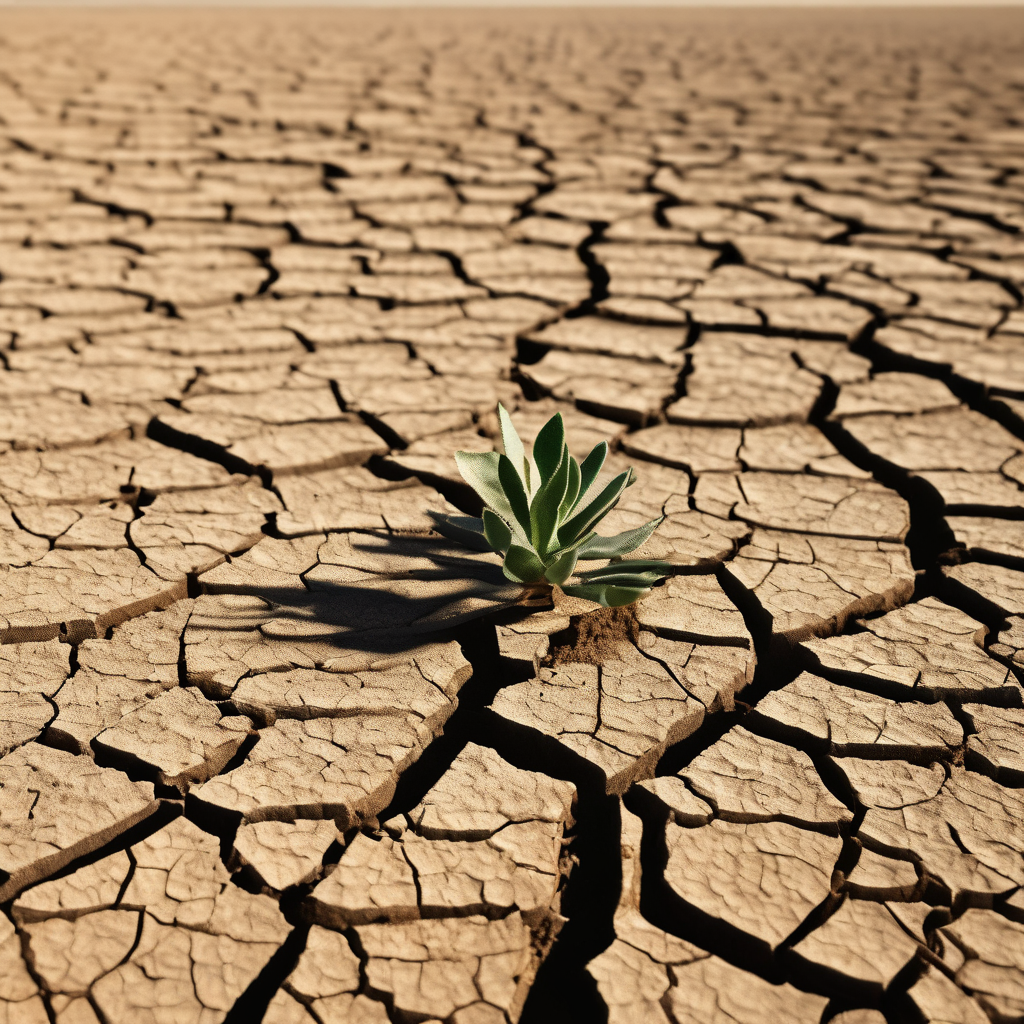Iran is facing an unprecedented water crisis as the country grapples with its most severe drought in decades. In response to this alarming situation, the Iranian government has announced the suspension of water supply to several regions, including the capital, Tehran. This emergency measure is set to be implemented starting Saturday night, as officials consider the possibility of evacuating the city, which is home to approximately 10 million residents.
Energy Minister Abbas Alibadi conveyed the gravity of the situation during a state television broadcast, stating, “We are forced to cut off water supply to citizens on some evenings so that reservoirs can refill.” He emphasized the importance of installing pumps at home to counteract the drop in water pressure and fill supply gaps, advising that this would help minimize waste despite the inconvenience it may cause.
Adding to the urgency, President Masoud Pezehkian warned in a recent address that if rainfall does not occur by December, the inhabitants of Tehran may need to consider relocation to other areas of the nation. However, no further details were provided on how such mass evacuations would unfold.
Tehran’s water consumption stands at over 790 million gallons per day, but the reservoirs supplying the capital are critically low. The Amir Kabir dam, one of Tehran’s key reservoirs, currently stores just 3.6 billion gallons of water—significantly down from over 21 billion gallons at the same time last year.
The drought’s effects are widespread, with reports indicating that half of Iran’s 31 provinces have not received any rainfall for several months. Some areas are already experiencing dry pipes as the crisis escalates. Authorities have been aware of deteriorating conditions since at least July when a 31% drop in rainfall was reported.
To address the situation, Iranian officials are exploring the option of importing water from neighboring countries such as Afghanistan, Tajikistan, and Uzbekistan. This dire state highlights Iran’s geographic challenges, as much of the country is situated in a subtropical dry belt with central regions receiving less than 4 inches of rain annually.
As Iran navigates this complex crisis, it underscores the importance of sustainable water management and the urgent need for solutions to ensure access to this vital resource for its citizens.
